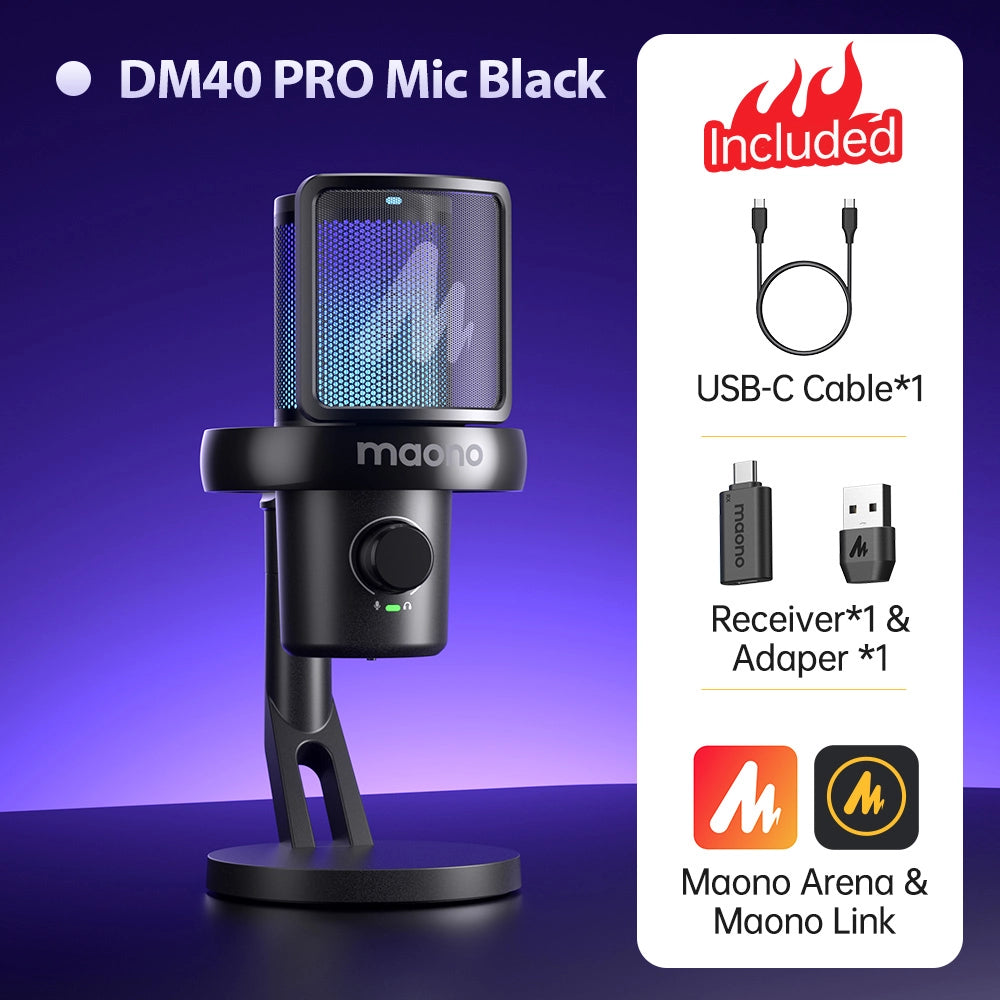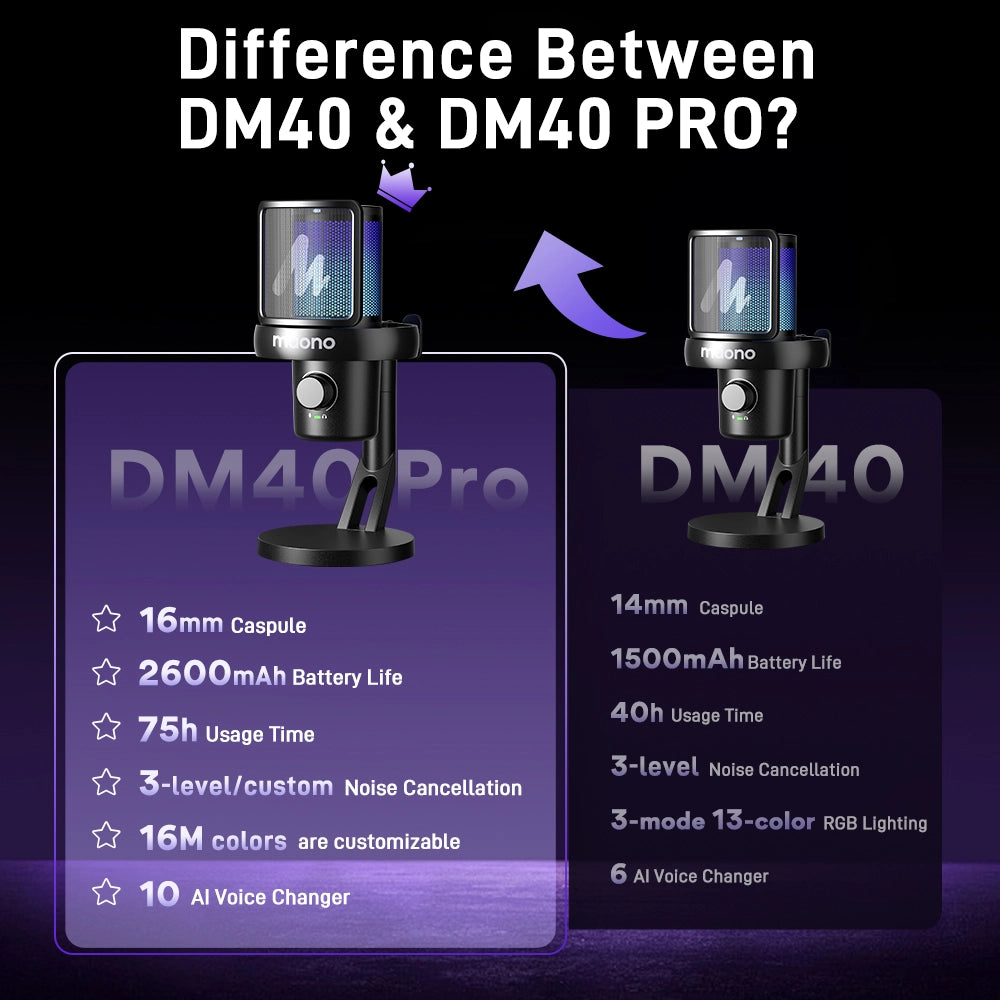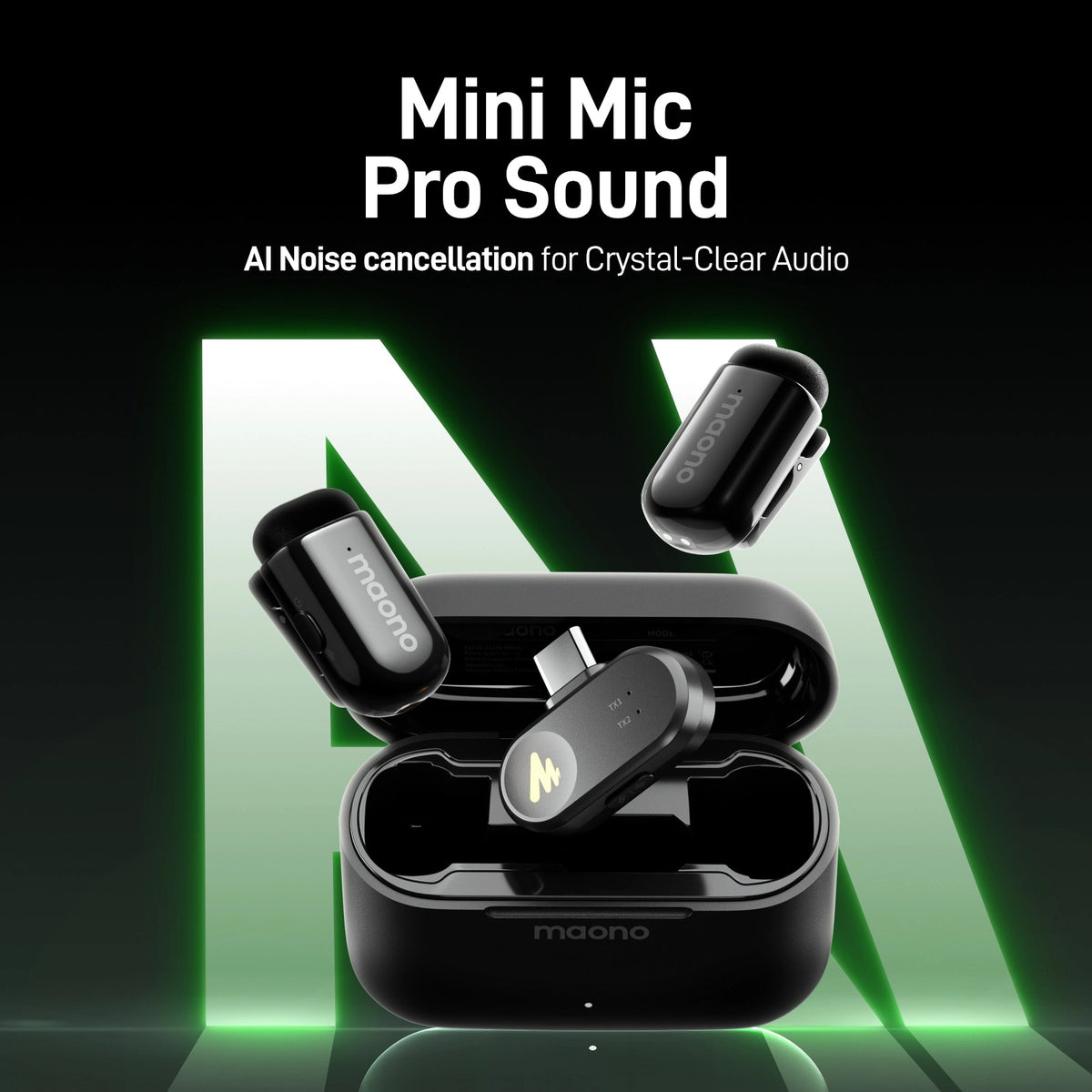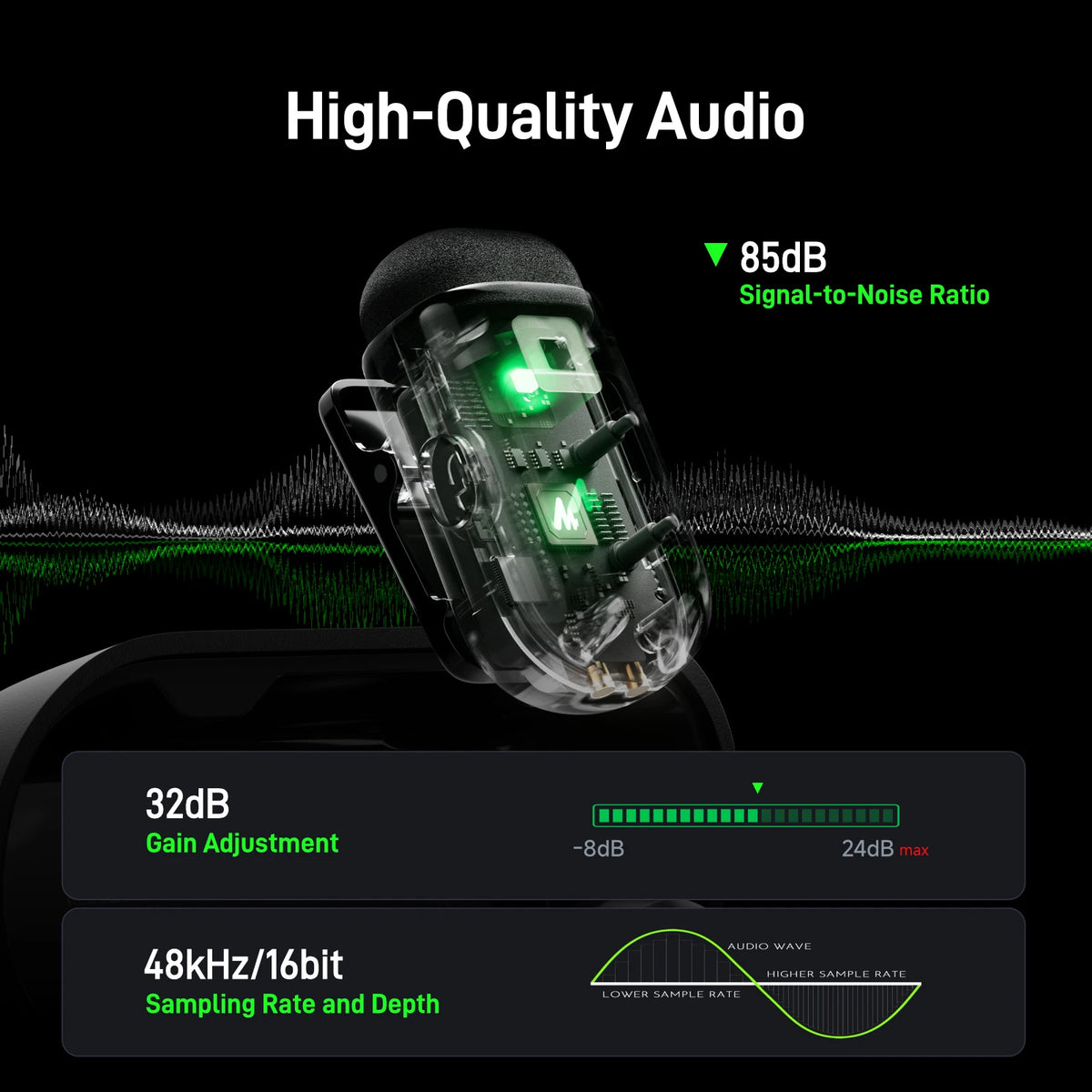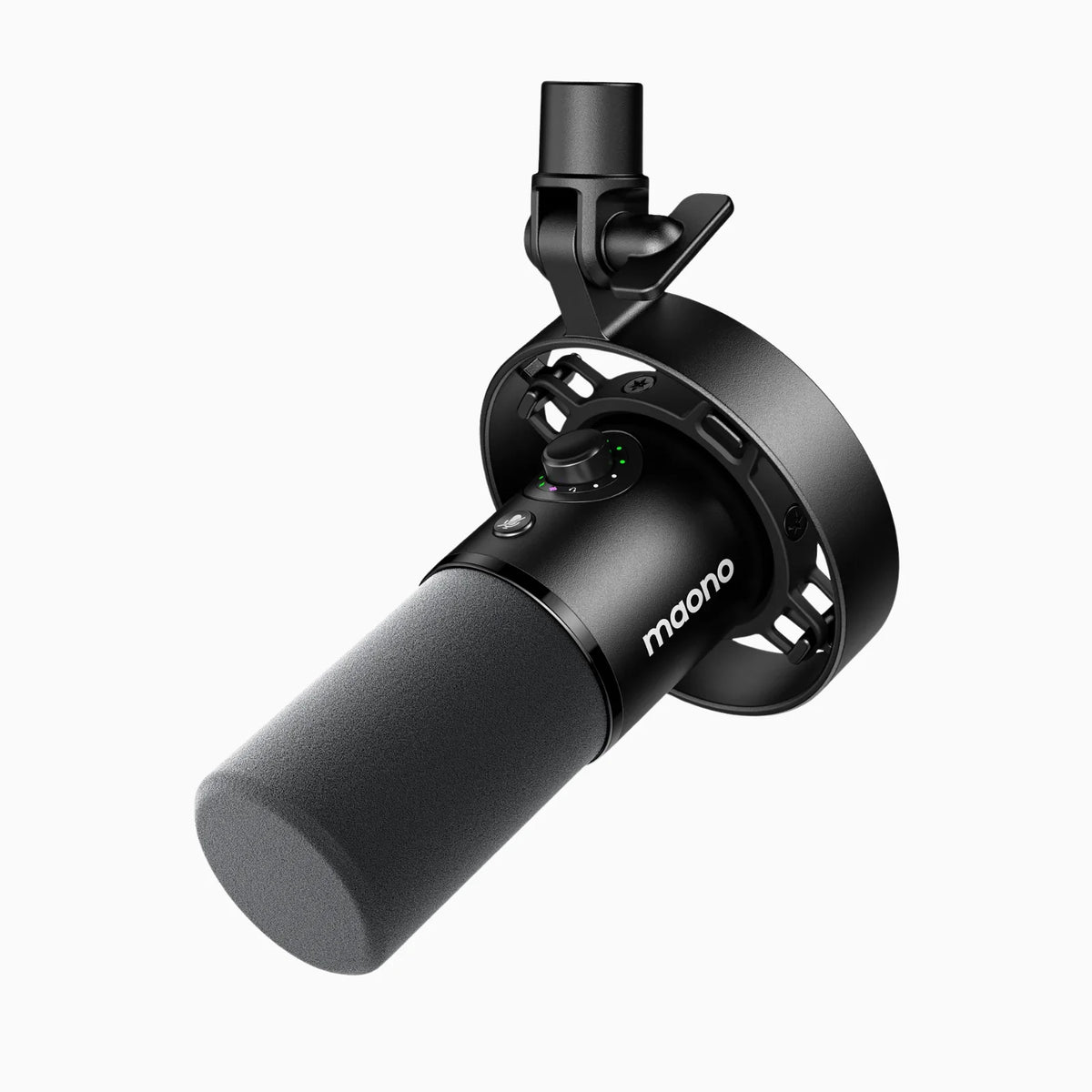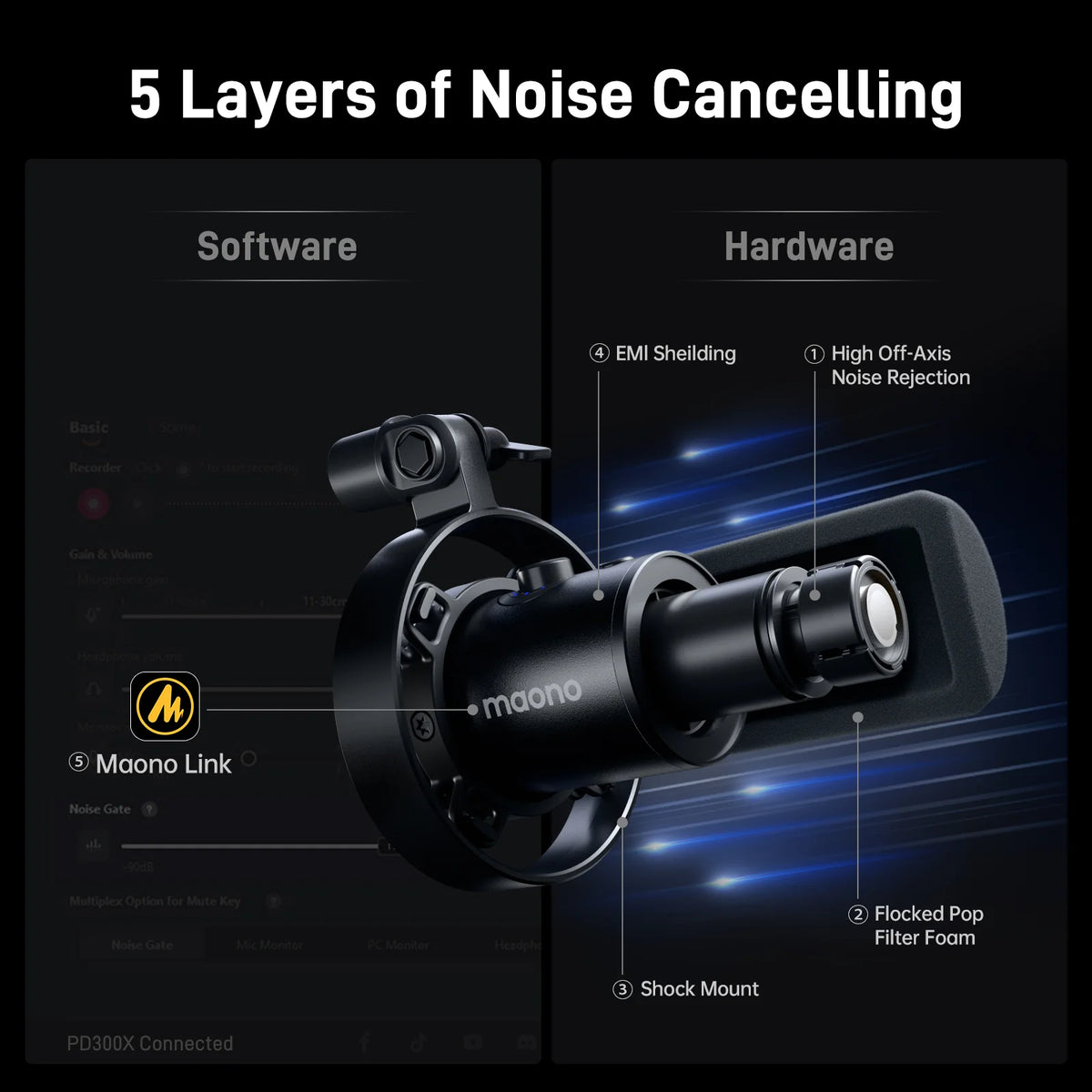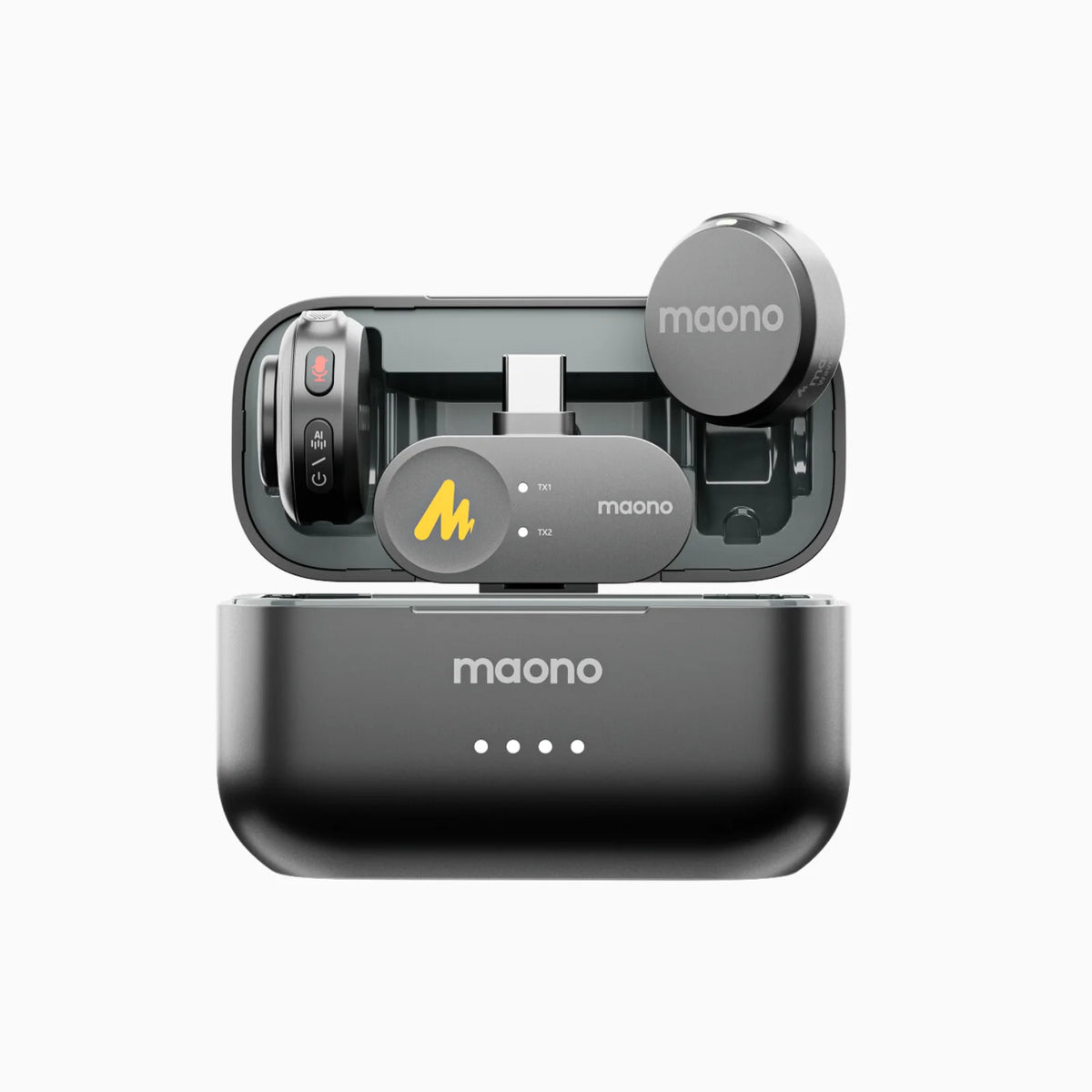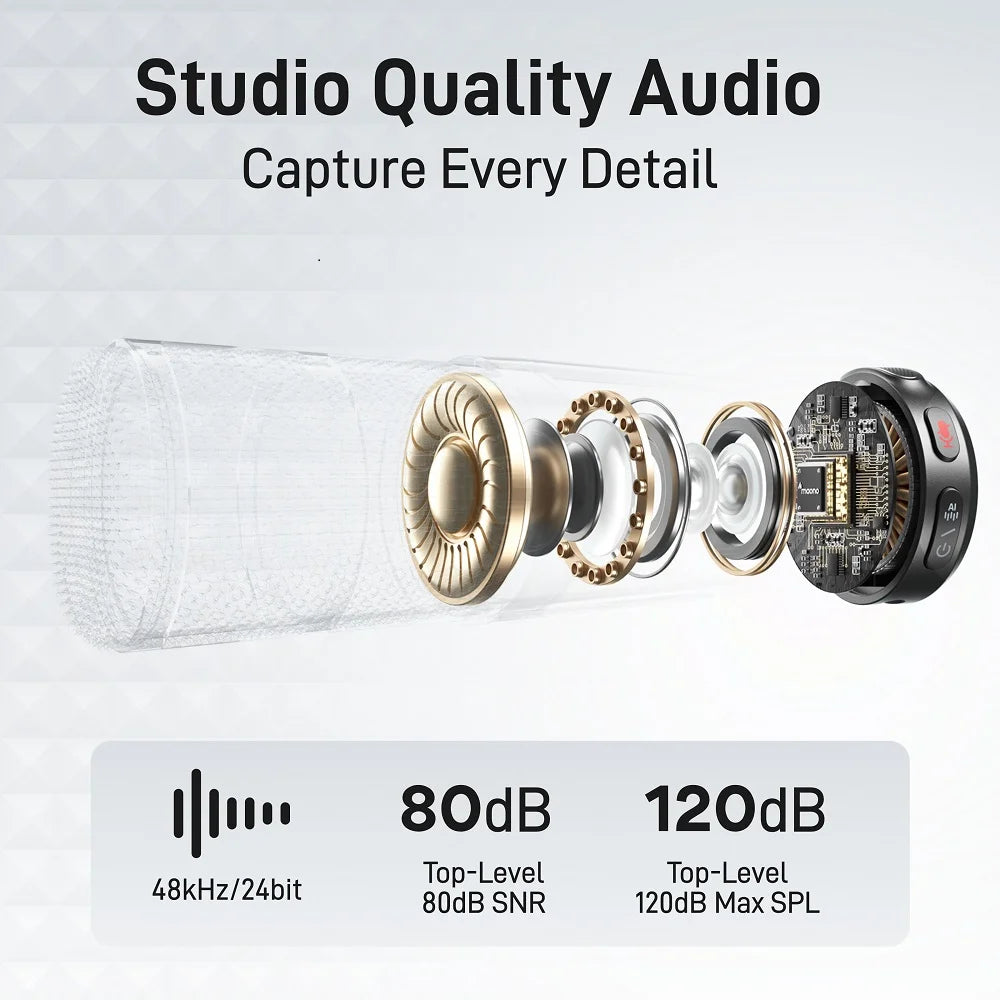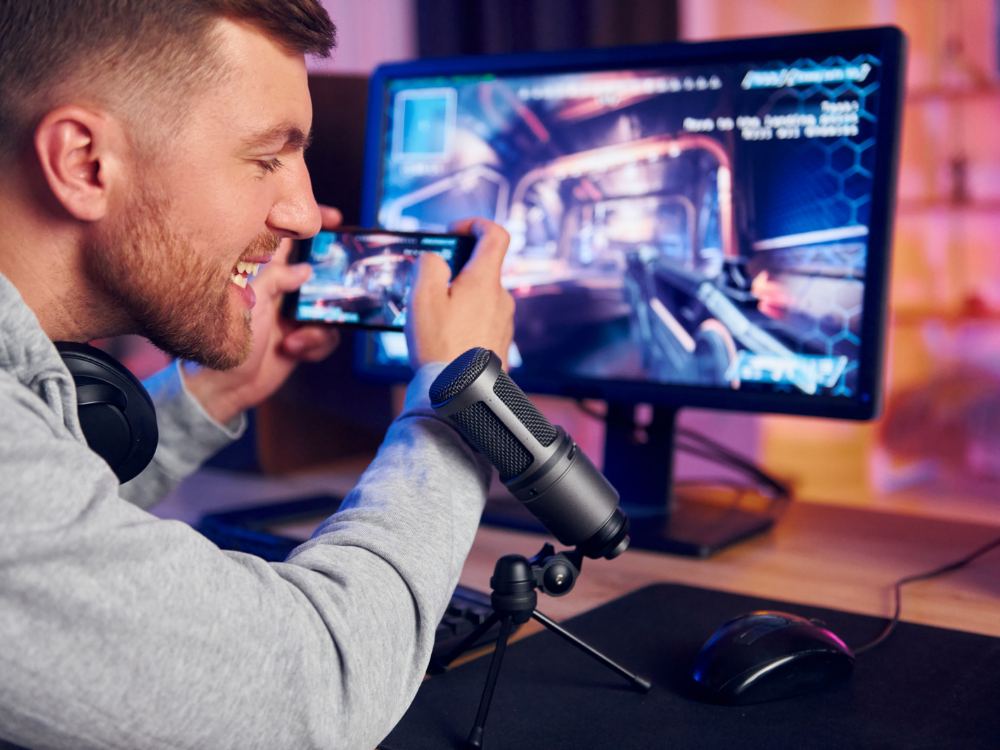In the world of content creation, whether it’s for podcasts, streaming, or music production, the quality of your audio equipment can make or break your setup. A crucial yet often overlooked component of a great recording setup is the microphone boom arm. These versatile tools not only enhance the positioning of your mic but also significantly improve the overall sound quality and aesthetic of your studio. In this article, we will explore the benefits of using a mic boom arm, what to look for when purchasing one, and review some of the top picks, including a detailed guide on how to set it up.
The 3 Benefits of Using a Boom Arm
1. Improved Placement of the Microphone
One of the primary advantages of using a boom arm is the flexibility it provides in positioning your microphone. Unlike traditional microphone stands, boom arms allow you to position your mic exactly where you need it, reducing strain on your neck and ensuring optimal sound capture. This adjustability is crucial for finding the perfect angle and distance, enhancing the clarity and warmth of your voice.
2. Diminished Shock Noise
3. More Room for Your Desk
A boom arm makes your workstation more tidy and organized by freeing up desk space. You can have a more organized and effective setup by hanging the microphone overhead instead of using conventional supports and cords. This is particularly crucial for people who like a minimalist look or have small desk spaces.
What Boom Arm Should I Get?
When choosing a boom arm, consider your specific needs, such as the type of microphone you use, the space available, and your budget. Look for features like adjustable tension, ease of installation, and compatibility with your mic's weight. Some boom arms also offer additional features like cable management and smooth swivel action for added convenience.
For more detailed information, click here: Maono Microphone Boom Arms Complete Comparison.
Our Favorite Boom Mic Recommendations
1. Maono BA20

2. Maono BA92
The Maono BA92 is a versatile and sturdy boom arm designed for heavy-duty use. This desk mic arm stand offers smooth articulation and a wide range of motion, making it and ideal boom stand for professional studios. It's suitable for Maono microphones like the PD400X, PD200X, M500, PD100X, PD100 and PD100U, and DM50. Also, it's compatible with other mics like the Shure SM7B, Shure MV7, Blue Yeti, Razer Ice Snowball, HyperX QuadCast, Audio-Technica, and Fifine.

3. Maono BA37
4. Blue Yeti X with Blue Compass Boom Arm
- Four Pickup Patterns: Cardioid, Omni, Bidirectional, and Stereo.
- High-Resolution LED Metering: Visualize your voice levels at a glance.
- Blue VO!CE Software: Offers advanced voice modulation and effects.
- Built-In Gain Control and Mute Button: Conveniently adjust your audio settings.
- Compass Boom Arm: Stylish and sturdy, offering smooth and quiet operation.
5. Rode NT1-A with Rode PSA1 Boom Arm
Description: The Rode NT1-A is a highly regarded condenser microphone known for its low noise and excellent sound quality. When combined with the Rode PSA1 Boom Arm, it becomes an ideal choice for professional vocal recordings, podcasting, and streaming.
-
Ultra-Low Noise Level: Only 5dBA, making it one of the quietest microphones available.
-
Wide Frequency Response: Captures a broad range of sounds with clarity.
-
High SPL Handling: Can handle loud sound sources without distortion.
-
Shock Mount and Pop Filter Included: Reduces plosives and unwanted vibrations.
-
PSA1 Boom Arm: Full 360-degree rotation and extended reach for versatile positioning.
6. Shure MV7 with Heil Sound PL-2T Boom Arm
Description: The Shure MV7 is a dynamic microphone with both USB and XLR outputs, inspired by the iconic Shure SM7B. It’s perfect for podcasting, streaming, and vocal recording. Paired with the Heil Sound PL-2T Boom Arm, it offers a professional and flexible setup.
Standout Features:
- Dual USB/XLR Output: Allows for digital or analog recording.
- Built-In Touch Panel Controls: Easily adjust gain, monitoring volume, and mute.
- Voice Isolation Technology: Focuses on your voice, minimizing background noise.
- ShurePlus MOTIV App: Provides additional control and customization.
- Heil Sound PL-2T Boom Arm: Heavy-duty and flexible, ensuring stable and precise microphone positioning.
What is a Boom Mic and Where It is Used?
A boom mic, also known as a boom microphone, is typically a type of directional microphone mounted on a boom arm. This setup is widely used in broadcasting, film production, and live sound for its ability to capture sound with minimal interference. In podcasting and streaming, boom mics are favored for their flexibility and clean appearance, making them ideal for both professional and home studios.
Pros and Cons of Using a Boom Mic
Pros:
- Flexibility in Positioning: Easily adjustable to find the perfect sound angle.
- Space-Saving Design: Frees up desk space and reduces clutter.
- Noise Reduction: Built-in shock mounts minimize vibrations and handling noise.
- Professional Aesthetics: Provides a clean and sleek look to your setup.
Cons:
- Cost: Quality boom arms can be expensive.
- Installation Complexity: Some models may require a bit of setup and adjustment.
- Space Requirements: While they save desk space, they may require additional mounting space.
What Are the Things to Consider When Buying a Mic Boom Arm?
When selecting a mic boom arm, several factors should be taken into account to ensure compatibility and functionality:
1. The Microphone's Polar Pattern
Different microphones have varying polar patterns, such as cardioid, omni, or bidirectional. Make sure your boom arm is compatible with your microphone’s polar pattern, as this affects how it picks up sound. For example, a cardioid mic benefits from a boom arm that minimizes side noise.
2. The Microphone's Weight
Check the weight capacity of the boom arm to ensure it can support your microphone. Overloading a boom arm can lead to instability and poor performance. Always match the boom arm’s weight rating with your microphone’s weight.
3. The Frequency Response of the Microphone
The frequency response of your microphone determines its sensitivity to different sound frequencies. Ensure your boom arm setup complements your microphone’s frequency response, allowing for clear and accurate sound capture.
4. Sensitivity
Consider the sensitivity of your microphone, which impacts how it picks up quiet sounds. A boom arm with adjustable tension and damping can help manage the mic’s sensitivity, reducing unwanted noise and handling interference.
5. Connectivity
FAQs
1. What Do You Need for a Boom Mic Setup?
To set up a boom mic, you need a microphone compatible with your boom arm, a boom arm with the appropriate weight capacity and features, and a microphone stand or mount. Additional accessories like shock mounts and pop filters can further enhance your setup.
2. What Are the Features to Look Out for When Choosing a Mic Boom Arm?
When choosing a mic boom arm, consider the arm's weight capacity, adjustability, build quality, and cable management features. Ensure it is compatible with your microphone’s size and weight, and look for smooth, quiet operation.
3. What Is the Best Mic Boom Arm for Medium-Sized, Lightweight Microphones?
The Maono B01 (BA20) and the Rode PSA1 Boom Arm are excellent choices for medium-sized, lightweight microphones. They offer stability, smooth adjustment, and easy installation, making them ideal for most home studio setups.
4. How Do I Properly Install and Set Up a Maono Mic Boom Arm?
To install a Maono mic boom arm, attach the clamp to the desk edge, secure the arm’s base, and connect your microphone using the included mount. Adjust the tension for optimal positioning and ensure the mic is stable and properly oriented. Or you can read the user guide manual that comes with it (also available on the website.
Recommended video:
5. How Can a Mic Boom Arm Improve Your Streaming Setup?
A mic boom arm improves your streaming setup by providing better microphone positioning, reducing desk clutter, and minimizing handling noise. This setup enhances sound quality and makes your studio look more professional.
6. What's the Best Arm Boom to Use for the Mic in My Little Studio?
For a small studio, the Maono B01 (BA20) is a budget mic boom arm and the Blue Compass Boom Arm is also an excellent choice. They are compact, easy to install, and designed to save desk space while providing stable, flexible microphone positioning.
7. What Mic Arm Do Streamers Use?
Many streamers use the Blue Compass Boom Arm, Rode PSA1, and Heil Sound PL-2T. These boom arms are popular for their durability, ease of use, and ability to keep microphones stable and well-positioned for streaming.

Conclusion
In conclusion, selecting the right mic boom arm is essential for achieving professional sound quality and maintaining an organized recording space. By understanding the key features, considering your specific needs, and exploring top picks like the Maono B01, Maono BA92, Rode PSA1, Heil Sound PL-2T, and Blue Compass Boom Arm, you can enhance your recording setup significantly. Whether you’re a seasoned podcaster or a budding streamer, investing in a quality boom arm will undoubtedly elevate your audio production game. Happy recording!










